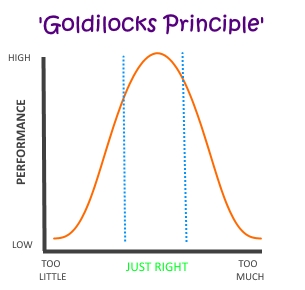Rookie Draft AFL & GPS of Sub Elite players
I was reading an article by Michelangelo Rucci about the possibility of the Rookie Draft and his logic why it would not work and also that it had not worked 20 years ago and then was wondering if the AFL would allow Recruiters to access GPS data from Sub Elite competitions like the WAFL and SANFL to assist in their mid season Rookie Draft?
Interesting quote in article was:
“We’ve learned a lot about players that have not had a big pre-season,” Worsfold said, in yet another of his rather impressive post-match press conferences that contrast his image as the “say-little” coach when he was at West Coast.They are massively prone to injury. We’ve had five, six go down with hamstring injuries. Again and again for more than a decade, AFL players have said – to the point it has become a cliche – that the elite game will “get you” without a solid pre-season.That summer training regimen becomes the foundation to survive in an increasingly physically demanding football code.”
And straight away I thought of the current research in the chronic/acute ratio now all the rage in loading dogma and utilizing GPS & RPE metrics mainly.
So I am going to be lazy and use an analogy from this blog site :http://www.smartstride.com.au/

Quoting from this website off current research
“We need to push ourselves a bit and do more than what our bodies have been used to in order to get a training benefit – it’s how our muscles get stronger, and it’s how our fitness and running performance improves1, 2. However, if we do too much, as we’ve all probably experienced at some point – our chances of breaking down and getting injured increase1, 2.
But….if we do too little, not only does our fitness drop off and our performance suffers, ironically our risk of injury also increases1, 2.
So, with our training load, it’s exactly like Goldilocks – we don’t want to do too much, but we don’t want to do too little, either – we want to find an amount that’s somewhere in the middle; that ‘just right’ amount that will help with fitness & performance, and minimise our chances of injury.
So then Rucci says that the players drafted at the Bombers after the WADA Ban had not done pre season and thus were prone to injury. First of all this was a risk the club took versus getting players training with the WAFL & VFL for example ( understand the need to bring role models in).
But then he says that players coming from leagues below AFL will be just as injury prone. There is a little bit of logic in this because usually GPS data shows slightly less Sprinting in leagues like the VFL, WAFL, NEAFL etc.
But the gap has narrowed so much and a fit 22 to 25 year old who has done all the preseason in the WAFL for example plus played every game plus has no injury history in my opinion would not have too high a SPIKE in High Intensity load if they were drafted into the AFL midseason. There is a gap in High Intensity workload but not Volume thus I really think fit players with no injury history and an adequate full load would quickly ADAPT at a soft tissue level versus a 29 year old with no preseason and an injury history.
Some pretty good references below on the current understanding of how much load and when. Bottom line is if a player SPIKES a load inseason off a low preseason load there is a massive risk. The same Inseason Weekly load (ACUTE LOAD) for a player who had a high average weekly preseason load (CHRONIC LOAD) will lead to a lower Ratio when Chronic load is divided by Acute load and thus less probability of injury.
So then will recruiters be able to access preseason and in-season training loads (GPS/ RPE) of 2nd tier leagues when deciding who they will draft mid season.
They should if they can!
REFERENCE:
-
Blanch & Gabbett, (2015). Has the athlete trained enough to return to play safely? The acute:chronic workload ratio permits clinicians to quantify a player’s risk of subsequent injury. British Journal of Sports Medicine, published online ahead of print.
-
Gabbett, (2016). The training-injury prevention paradox: should athletes be training smarter & harder? British Journal of Sports Medicine, published online ahead of print.
-
Heiderscheit, et al. (2010). Hamstring strain injuries: recommendations for diagnosis, rehabilitation, and injury prevention. Journal of Orthopaedic & Sports Physical Therapy, 40(2), 67-81.
-
Opar, et al. (2012). Hamstring strain injuries – factors that lead to injury & re-injury. Sports Medicine, 42(3), 209-226.